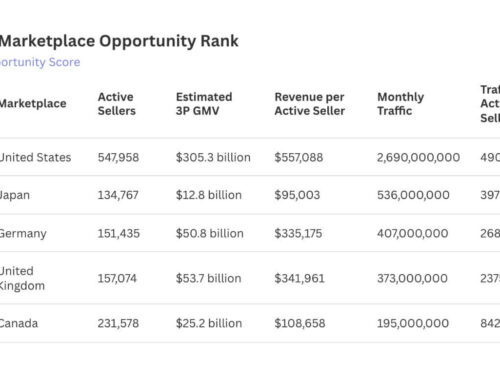Ballot measure would broaden reform of California’s key environmental law
October 23, 2025
Former Gov. Jerry Brown once referred to overhauling the California Environmental Quality Act as “the Lord’s work” because, he said, it made building much-needed things — housing, transportation improvements, water storage, etc. — too difficult and too expensive.
In 2018, as he neared the end of his second stint as governor, Brown vetoed a bill that would have prevented developers from circumventing CEQA’s laborious provisions by persuading local voters to directly approve projects.
It was one of hundreds of legislative measures CEQA’s defenders — environmental groups primarily — and its critics have proposed in the nearly half-century since then-Gov. Ronald Reagan signed CEQA in 1970.
“Instead of the piecemeal approach taken in this bill, I prefer a more comprehensive CEQA review, which takes into account both the urgent need for more housing and thoughtful environmental analysis,” Brown said in vetoing the bill.
However during his 16 years in the governorship, Brown did virtually nothing to make the fundamental changes he said were needed. CEQA reform was in a political stalemate and, without that “comprehensive review,” governors and legislators have been dealing with the law’s impacts on a case-by-case basis.
Projects that had heavyweight backing — professional sports venues in particular — and the Legislature’s own Capitol construction project could get relief from CEQA’s requirements.
In more recent years, during Gavin Newsom’s governorship, the state’s housing shortage became a frontline political issue. CEQA became a contentious aspect of it as Newsom and legislators enacted numerous bills to remove or reduce procedural barriers to construction.
Pro-housing groups saw CEQA as a tool development opponents were using to delay or kill projects and that construction unions were misusing to compel developers to employ their members.
Newsom, whose 2018 campaign promises to jump-start housing construction had not borne much fruit, took up the cause of reforming CEQA. A few months ago, in a bill attached to the state budget, he and legislators enacted a major overhaul of the law’s application to housing, particularly high-density, multi-family projects.
“Saying ‘no’ to housing in my community will no longer be state sanctioned,” said Assemblymember Buffy Wicks, an Oakland Democrat who is one of state’s the most pro-housing legislators. “This isn’t going to solve all of our housing problems in the state, but it is going to remove the single biggest impediment to building environmentally friendly housing.”
The law’s passage raises another question: Would it be a one-off, or the beginning of a more sweeping change in CEQA that would make other, non-housing projects easier to build?
The California Chamber of Commerce hopes it will be the latter and recently unveiled a ballot measure for the 2026 election that would make it happen. In the main the measure would, if approved by voters, tighten up and streamline the processes for environmental reviews for “essential projects.”
“We’ve fallen too far behind in building the infrastructure that our communities desperately need,” the business organization’s president, Jennifer Barrera, said in a statement. “And the projects that make it through the broken permitting process become so expensive that they raise costs for all of us.”
Barrera cited a list of public and private projects that had been adversely affected by CEQA’s requirements in statute and created by judicial decisions.
“The initiative will create predictability for improvements the state desperately needs — including the building of first responder facilities, wildfire resilience projects, and broadband in underserved communities,” Barrera said. “Californians deserve a law that recognizes prosperity isn’t the enemy of preservation.”
Given the stakes for project proponents and opponents, and CEQA’s almost mythical status, the campaign for and against the measure could be one of the most contentious ballot battles in the state’s history.
Search
RECENT PRESS RELEASES
Related Post


